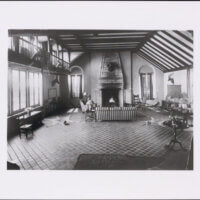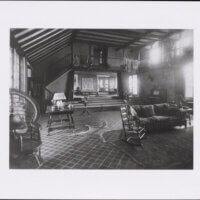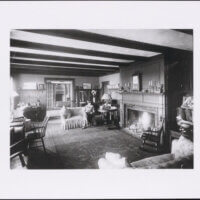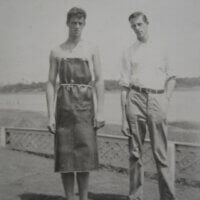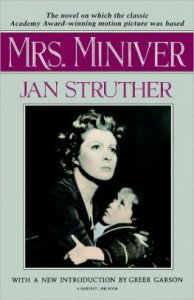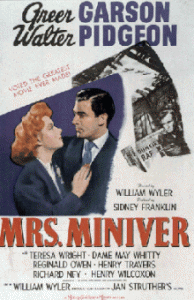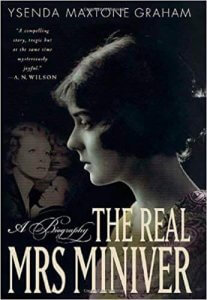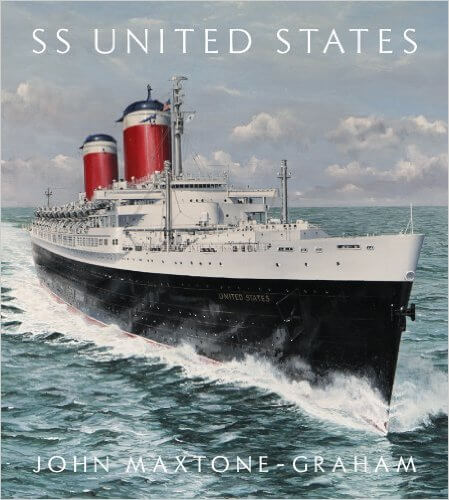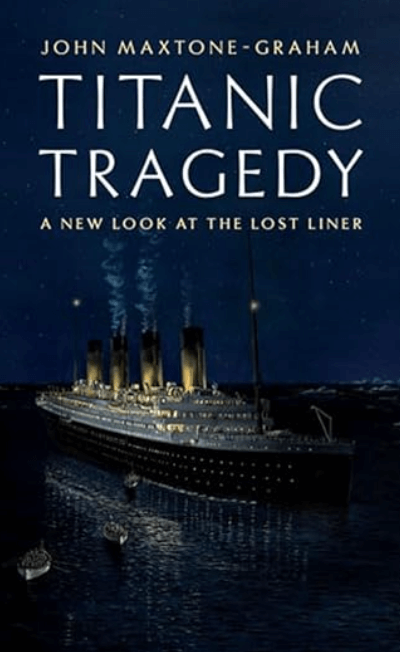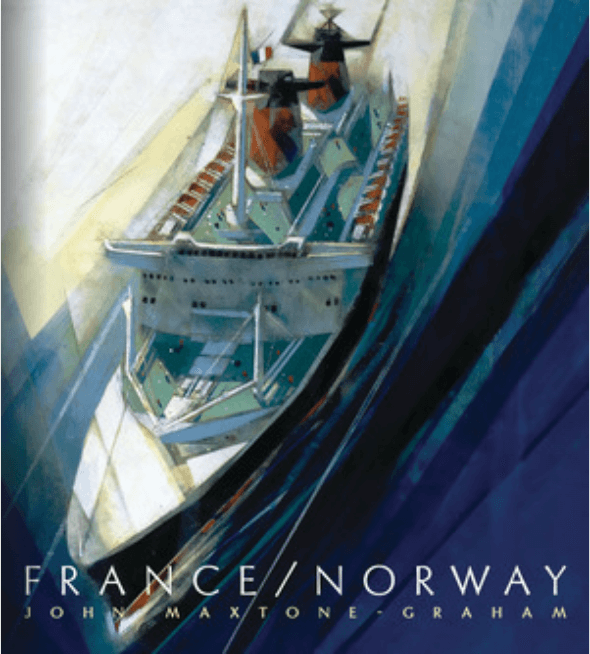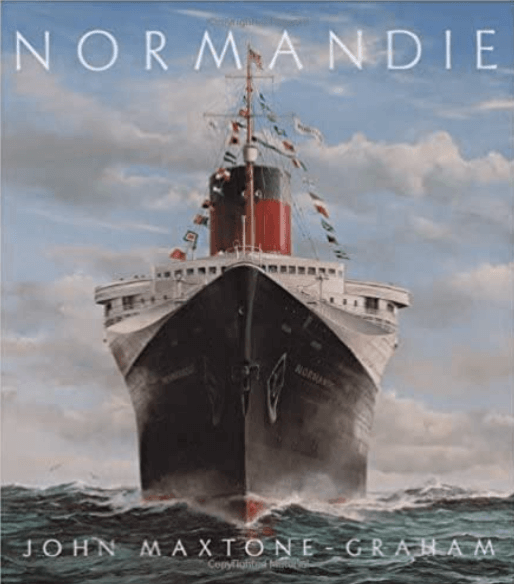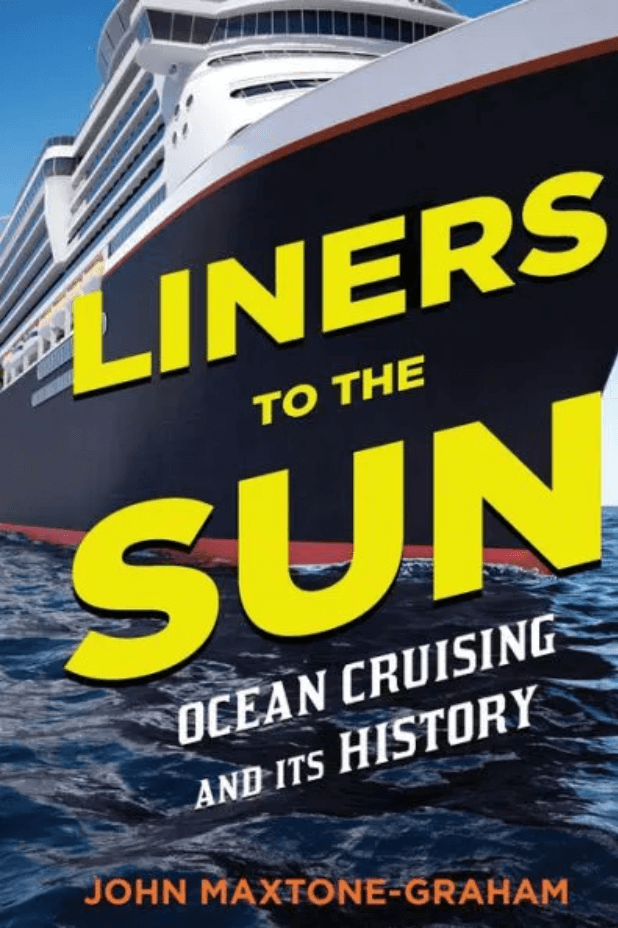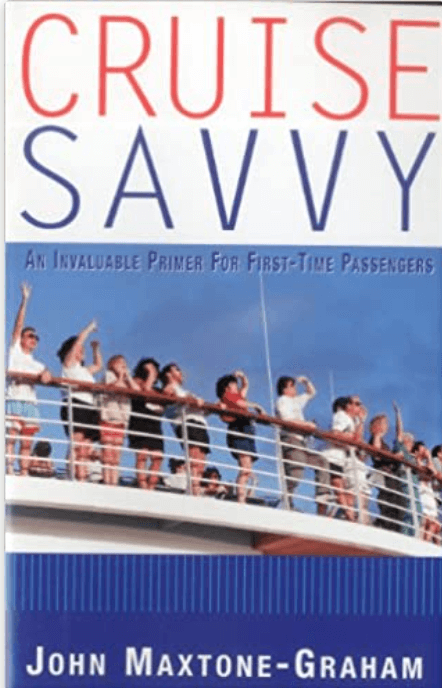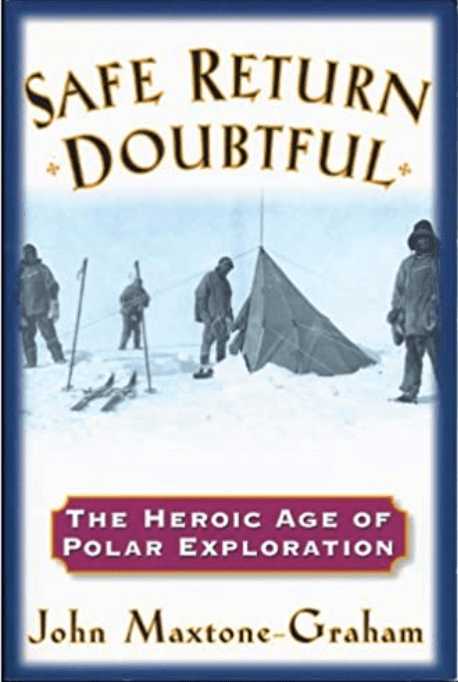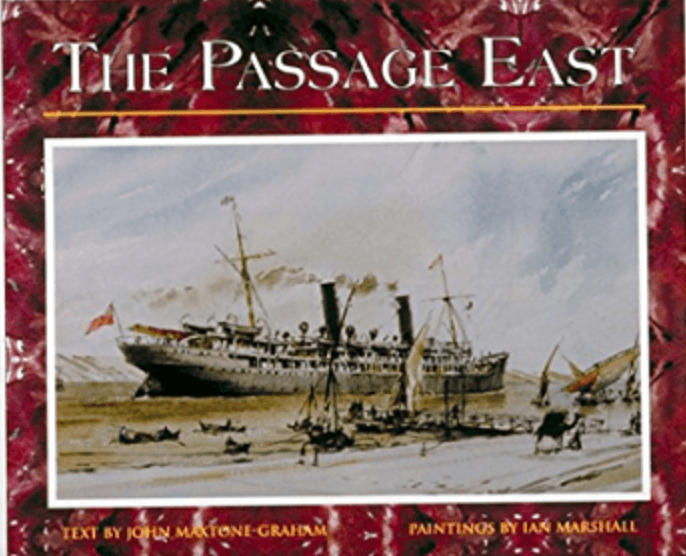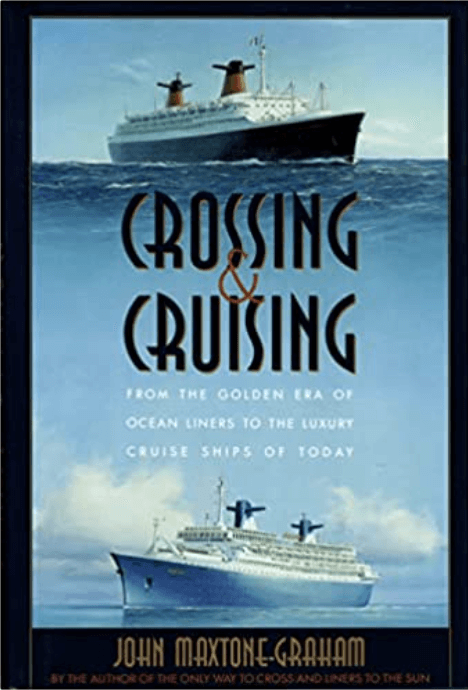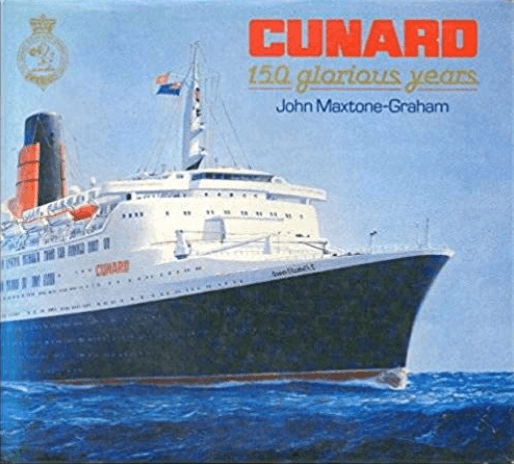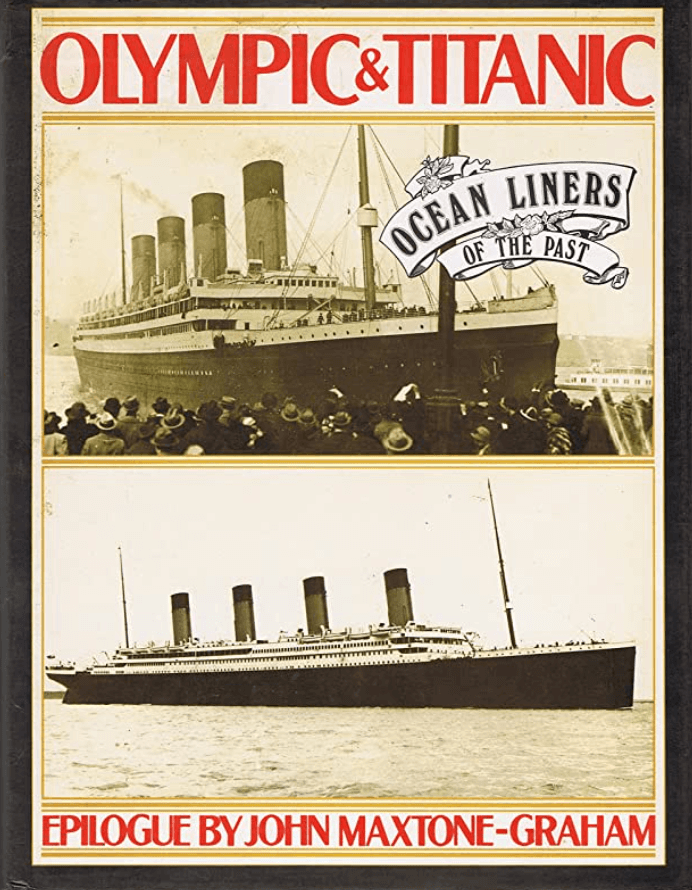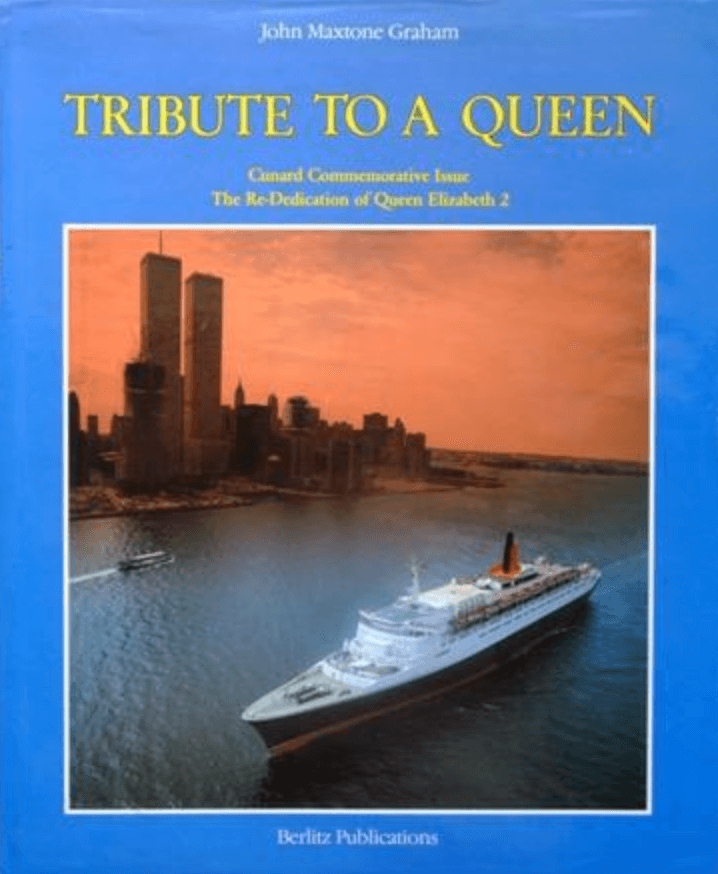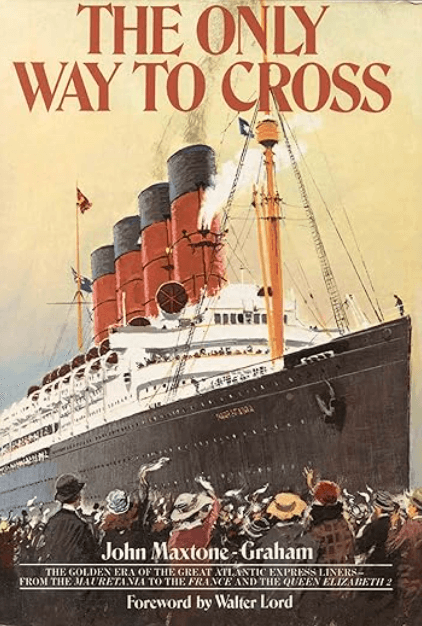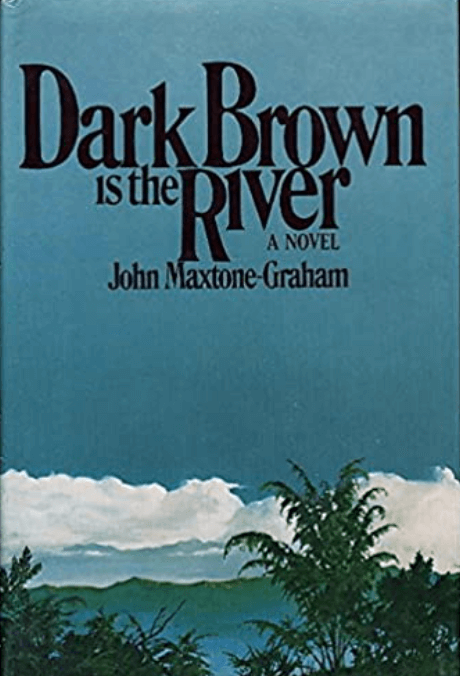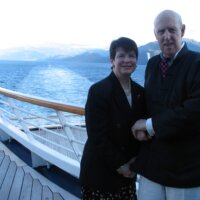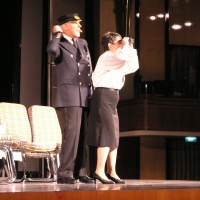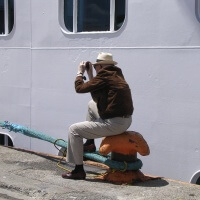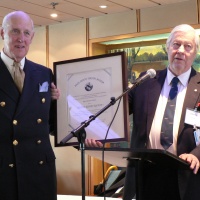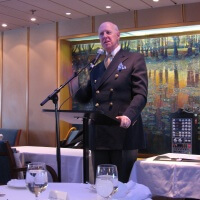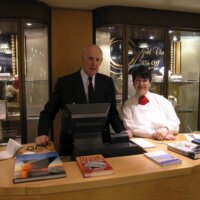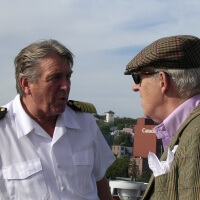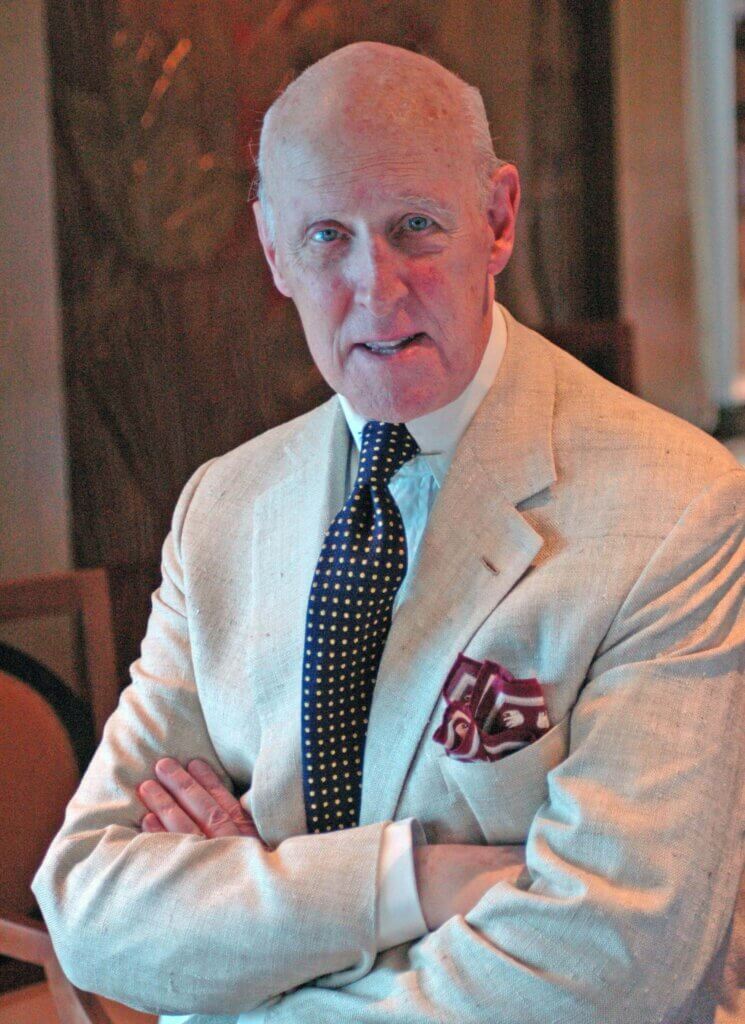
JOHN MAXTONE-GRAHAM
Maritime Historian, Author, Lecturer
August 2 1929 – July 6 2015
John Maxtone-Graham was a New Jersey-born naval historian whose books and shipboard lectures evoked the lost glamour of trans-Atlantic ocean liners.
Mr. Maxtone-Graham’s nautical calling began inauspiciously. His first ocean voyage, eastbound on the liner Minnewaska when he was 6 months old, was a result of the stock market crash of 1929, which prompted his parents to move to London. Shuttling between hemispheres as a child in the 1930s, he was frequently seasick.
But as an adult, after a decade as a Broadway stage manager, he made hundreds of crossings (16 in 2005 alone), spending more time at sea than on land, and recreated the glory days of luxury liners in books like “The Only Way to Cross” and in lectures that were, he said, tinged with “nostalgic regret” for the “floating superlatives” that once plied the Atlantic.
Mr. Maxtone-Graham regaled audiences with trans-Atlantic lore — recalling that the Duke and Duchess of Windsor routinely traveled with as many as 135 pieces of luggage, that passengers from Manhattan’s East Side would claim that they ventured to the West Side only when they were embarking for Europe, that news photographers would charter tugboats to ambush arriving celebrities.
John’s Childhood

John and his twin brother Michael were born on August 2, 1929 in Orange, New Jersey. (John’s first spoken word was reportedly “pardon” – apropos of what, was not reported. John was known all his life for his great politeness. When he was in Lenox Hill Hospital at the end of his life with multiple serious medical issues, and a doctor or nurse entered his hospital room and asked how he was doing, he invariably responded “Very well, thank you!”)
Brown

By Dale182 is licensed under CC BY 3.0.
John enrolled at Brown University in 1947, and graduated in 1951 with a degree in French Literature. At Brown he was an editor of the Brown Daily Herald, and wrote a weekly column for the paper, “Parenthetically Speaking.”
John also edited the “Course Critique,” Brown’s student guide to courses, with his friend Anthony Marshall, class of 1950.
Marine Corps
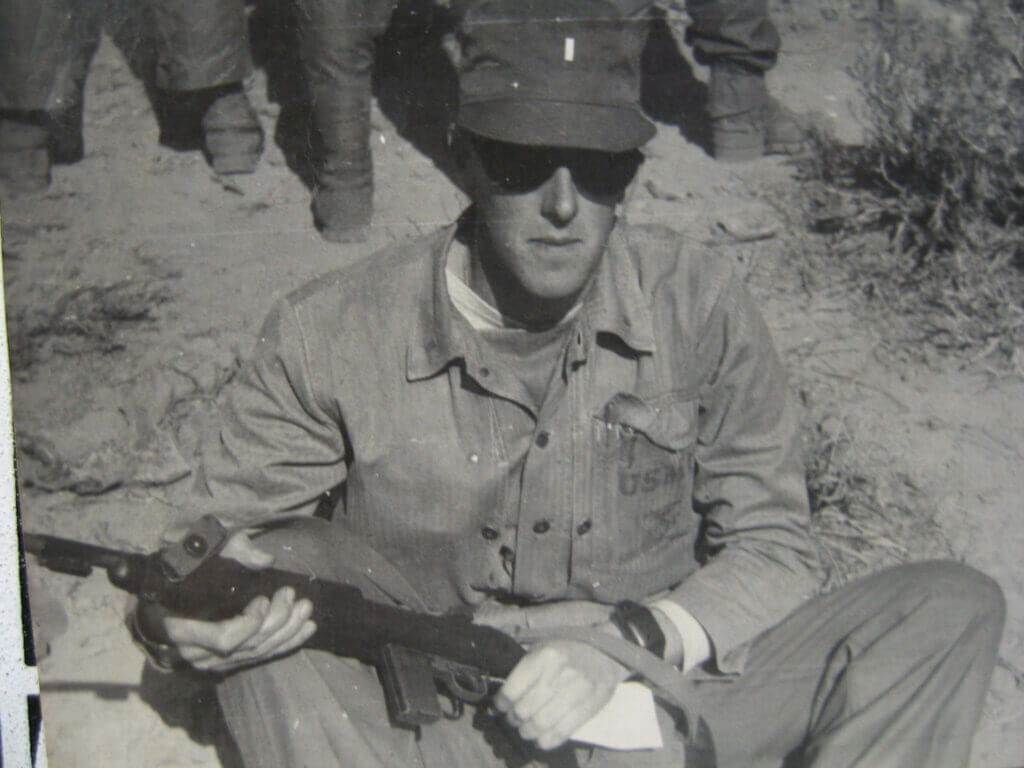
In 1951, John enlisted in the Marine Corps, and served in Korea. He was very proud of the Marine Corps and spoke of the Corps fondly all his life. In his memoir, he talks in some detail about his decision to join the Marines rather than the Army, and his experience as a new recruit.
Broadway Stage Manager
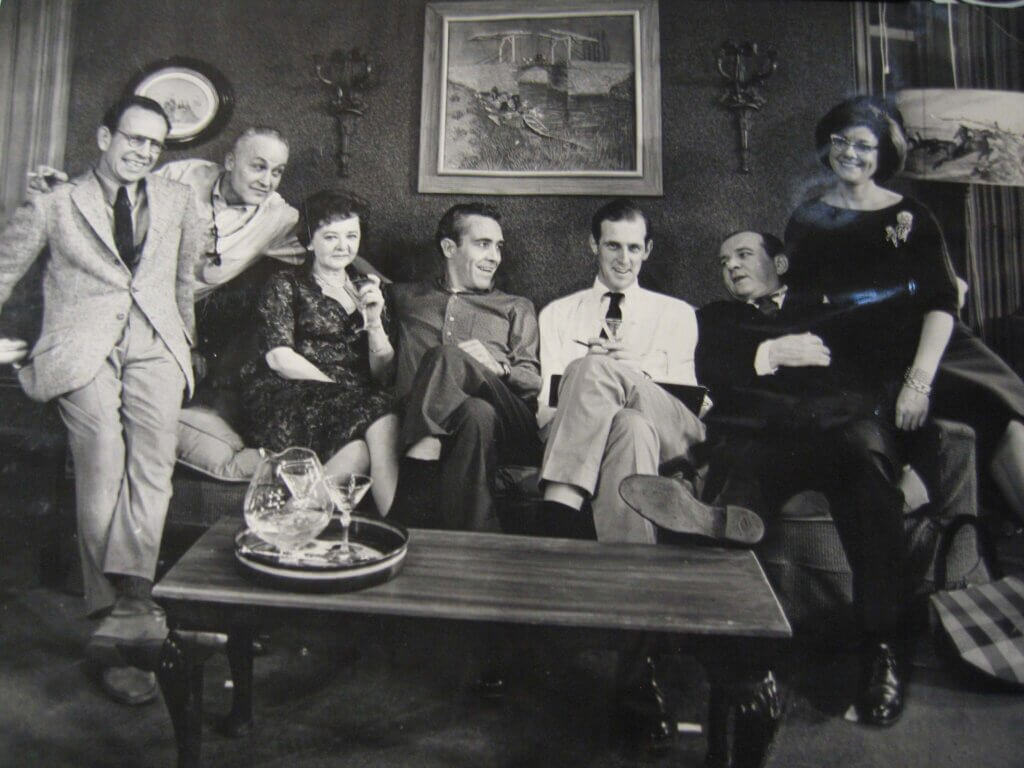
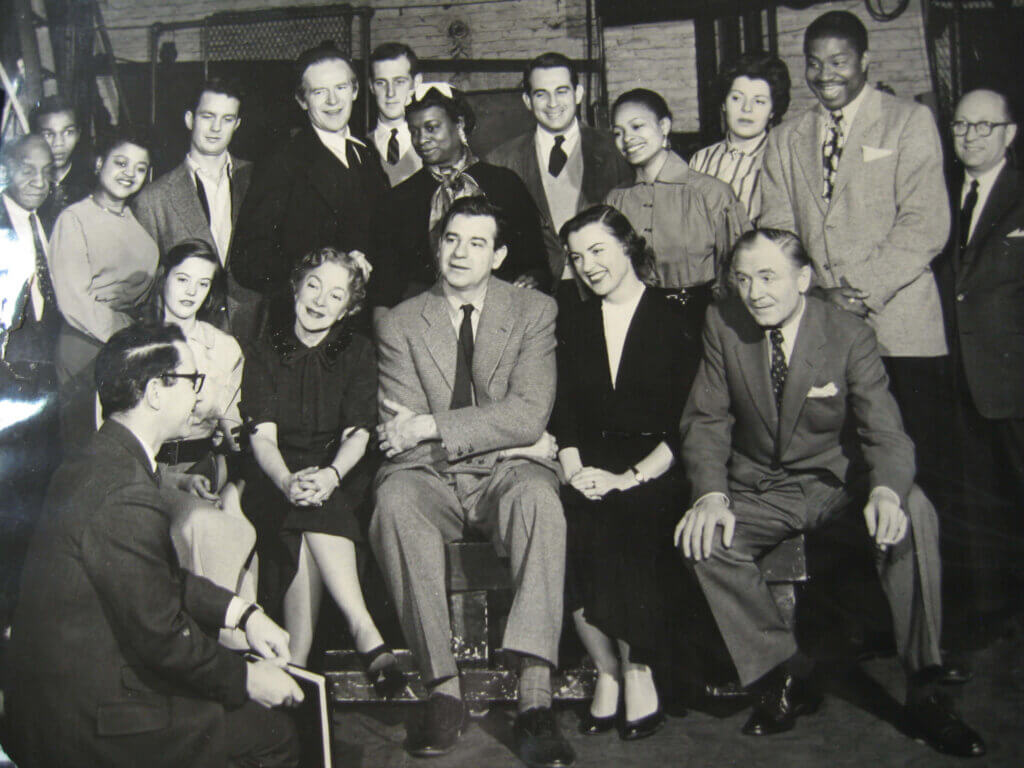
During the 1960s John worked steadily as a Broadway stage manager. Among the productions he stage-managed were Any Wednesday, Night of the Iguana, What Every Woman Knows, Tennesee William’s A Streetcar Named Desire, Peter Pan, King Lear (starring Orson Welles), Brigadoon, Finian’s Rainbow, Wisteria Trees, and Big Fish, Little Fish. He stopped working as a stage manager in order not to be absent from his family every evening, which made his subsequent career book writer ideal.
John was universally regarded as a highly competent, energetic stage manager. Beth S. Colt of Woods Hole, Mass, a friend of the Maxtone-Graham family, has contributed this interesting story about Sam Waterston, who worked with John on Broadway (at this writing, we’re not sure which play, but we would appreciate any help in finding out):
“It was November 1993 and I traveled to New York to see my then business partner Sam Waterston in the lead role of Robert Sherwood’s play ‘Lincoln in Illinois.’ Written in the 1930’s, the play is not often revived as it is a heavy drama. But with director Gerald Gutierrez at the helm, it was transformed into a technical triumph, replete with a live train that crossed the stage, smoke billowing from creaky wheels, plus a gripping three-page-monologue where a clinically depressed Lincoln (brilliantly played by Sam) considers killing himself.
It was one of the final tech rehearsals. The play was opening in a few days. I watched the performance, a run-through, and met Sam afterwards in his dressing room. He was clearly distressed — a number of technical cues had been missed — and frustrated with the progress of everything coming together.
‘What we need is John Maxtone-Graham,’ he said out of the blue, not knowing that I had a connection to him. ‘Really?’ I asked, sharing my friendship with the family. ‘Tell me more!’ ‘Well,’ he said, ‘JMG was the most incredible stage manager I ever worked with, the best on Broadway for a number of years. And he would be capable of whipping this thing into shape.’”
“The Queen” Documentary
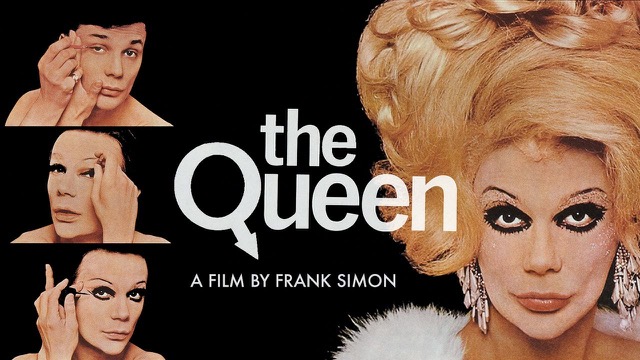
John was an executive producer of the groundbreaking 1968 documentary “The Queen,” which told the story of a drag queen beauty contest in New York City. A very good description of the film and how it came into existence can be found at this link to a 1993 New York Times feature story. Also worth reading is this 2019 Richard Brody article in The New Yorker, and Judith Crist’s rave review in New York Magazine when the film was first released.
John’s fellow executive producer on the movie was Lewis Allen, a Broadway producer and occasional Mike Nichols collaborator. Lew and his wife, the playwright and screenwriter Jay Presson Allen, were close friends of John and Katrina’s. The Allens, and a few others, often joined John and Katrina at their New York house for long and raucous poker games around the dining room table.
More info about the film can be found here.
Writing Career
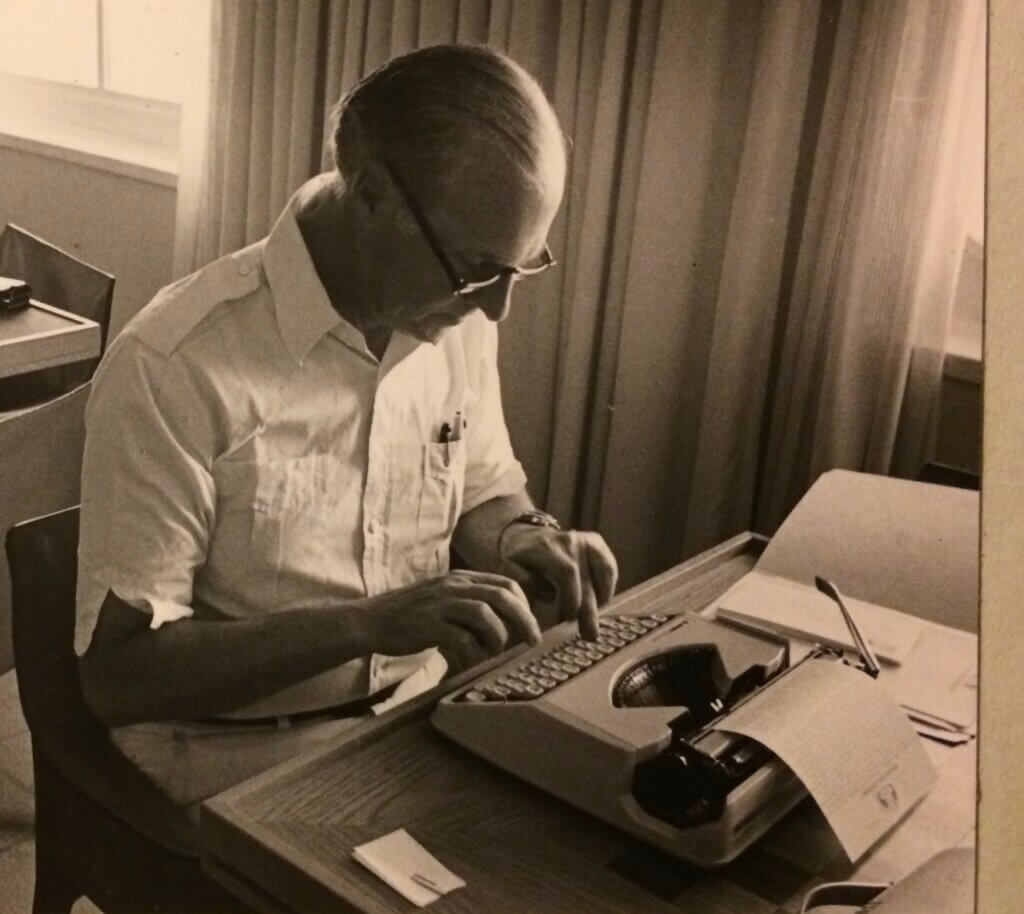
In 1970, having worked as a Broadway stage manager, Newsweek editor, and documentary film producer, John was hired by Macmillan to write a book about ocean liners. This would launch a long career as an author and lecturer. In an unfinished draft of his memoirs, written shortly before his death, John described the fateful lunch that started everything, and the writing career that followed.
Titanic Lecture Video
TITANIC SURVIVORS – A LECTURE BY JOHN
John Maxtone-Graham’s most famous shipboard lecture was about the Titanic. Unlike his other lectures, this one included no slides. Since there was little photographic record of the ship’s voyage and sinking, John simply talked on stage for an hour about the night the Titanic went down. In the course of his research, John discovered a Titanic Survivor, Violet Jessop, whom no one else had ever interviewed. The story of how John met Jessop, her extraordinary life at sea, and many other little-known facts about the Titanic, are featured in his lecture. It was videotaped on board Celebrity Eclipse on May 18, 2011. Maile Meloy produced, directed, and edited this. To watch the video in its entirety, click on the play button on the video thumbnail.
Placzeks & “Mrs. Miniver”
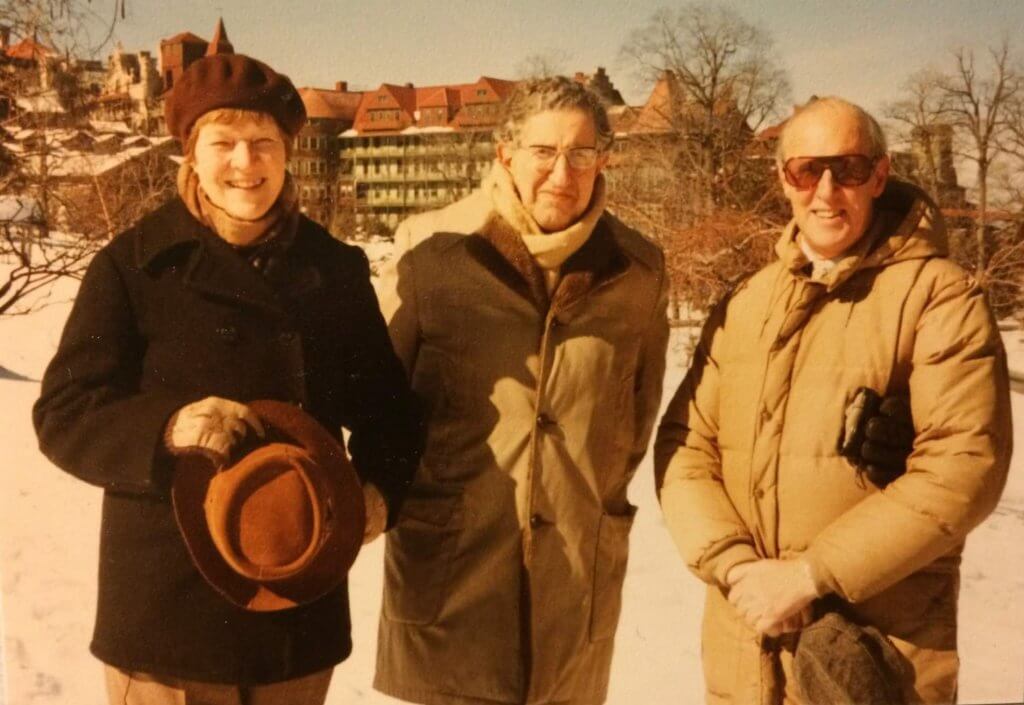
No history of John Maxtone-Graham’s life would be complete without mention of his beloved friend, step-uncle, and frequent first reader of his books, Dolf Placzek. Dolf and his wife, Bev Placzek, both now deceased, were part of the Maxtone-Graham family, and it was through them that John met his second wife, Mary. The story of how the Placzeks came to join the Maxtone-Graham family is a long and interesting one. Ysenda Maxtone-Graham — a journalist and writer living in London, author of “The Real Mrs. Miniver,” (pictured above), and the granddaughter of Joyce Maxtone-Graham, who wrote “Mrs. Miniver” under her pen name Jan Struther — has been kind enough to write an account of how this happened.
Books
Stepsister Sue Riley’s Memories of John
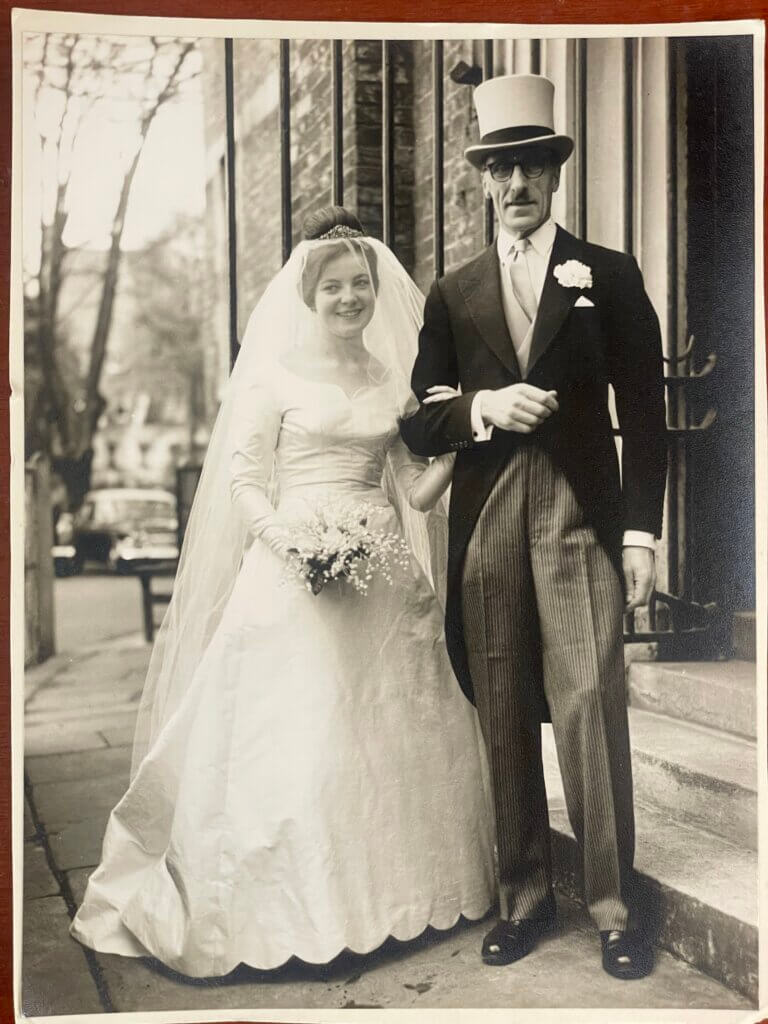
John had one other sibling, his stepsister, Sue Riley. Sue was the daughter of John’s father Pat’s second wife, and was much younger than John and his brothers, and therefore didn’t live with them growing up.
Photos
There are many photos in existence of John, and more will be added to this website at a later date. Here are a few for the moment.
Ocean Liner Museum
In 1983, John and a group of fellow ocean liner enthusiasts founded the Ocean Liner Museum, a museum without a home which mounted exhibits every few years in various New York City venues. Owners of sometimes priceless maritime artifacts would send them to John, who, with much help, would mount the exhibits. The below New York Times article has much information about the Ocean Liner Museum. More photos and information about the Ocean Liner Museum will be added to this section at a later date.
Recalling the Halcyon Days of the Luxury Liners

A version of this article originally appeared in print on Section 1, Page 39 of the National edition of the New York Times with the headline: RECALLING THE HALCYON DAYS OF THE LUXURY LINERS
The remnants of an era are scattered.
Statues that once adorned an ocean liner’s elegant dining room have been found in a corner of a Long Island cemetery and near the pool of a Miami Beach hotel.
Murals that once greeted passengers in a grand entrance hall now hang in the lobby of a Manhattan office building.
In the years before World War II, passengers crossing the Atlantic had to travel by ship, and shipping lines competed fiercely for business with ever larger, more luxurious vessels.
Less than two decades after the war, however, the airplane ended the ocean liner’s heyday. Public interest in the history of the ocean liner remained strong, but until recently there was no museum in the United States dedicated to preserving and chronicling the legacy of the great ships and the pageantry and public fascination that surrounded them.
A Common Passion
Three years ago, an informal network of ship enthusiasts joined to create the Ocean Liner Museum in New York. Some had written books and given lectures about the liners, others simply were maritime history buffs, but all of them shared a common passion.
”The history of the ocean liner includes technological, social, romantic and cultural aspects, so its appeal is not surprising,” said Walter Lord, a trustee of the museum and a writer whose works include A Night to Remember, an account of the sinking of the Titanic. ”There are people fascinated by ocean liners who have never seen or been on one in their lives.”
With little money and no home for their museum, the trustees, working out of a small office at the Seamen’s Church Institute on State Street in lower Manhattan, have assembled a remarkable collection of artifacts and memorabilia.
Some of the pieces were souvenirs purchased during their own voyages, but most were bought at auctions and antique shops or from people who had acquired objects without knowing their historical significance.
Assembling such a collection involves meticulous detective work, according to John Maxtone-Graham, a trustee of the museum and author of The Only Way to Cross, a history of the trans-Atlantic liners.
A Home Full of Prizes
Mr. Maxtone-Graham’s home is filled with the prizes of painstaking searches, including pieces of paneling from the British liner Mauritania, engine-room control lights and a chrome cherrywood cigarette box from the Normandie and a Hermes scarf designed especially for passengers on the France.
The apartment of Stephen S. Lash, president of the museum and a senior vice president at Christie’s auction house, contains his collection of original steamship posters and models.
Attracting financial support for the museum has been difficult, Mr. Maxtone-Graham said. The trustees have had to rely on their own personal donations and on tax-deductible contributions from more than 100 people who have joined as charter members. But while raising funds for the museum has not been easy, the hardest task has been finding it a home.
The museum will sponsor its first exhibition next winter at the New-York Historical Society, and it is conducting an oral history project on the passengers and crew members who sailed on the liners, but ”it’s difficult to run a museum without walls or a roof,” Mr. Maxtone-Graham said. The museum’s collection remains scattered among the trustees’ homes and offices.
An ‘Ideal Location’
The rotunda of the old Custom House on Bowling Green, with its Reginald Marsh murals of liners entering the port of New York and its site at the foot of New York harbor, would be an ”ideal location” for the museum, Mr. Lash said. The museum has joined with several other cultural and commercial groups to apply for space in the Beaux- Arts landmark, vacant since 1971, when the Federal Government completes renovations.
Five other proposals for the building are also being considered, according to Michael Porter, a community planner for the Federal General Services Administration. A final decision on the future of the Custom House will be announced Aug. 15, he said.
Other possible sites for the museum include the old Staten Island Ferry terminal near Battery Park, the museum on the aircraft carrier Intrepid and the city’s new Convention Center, Mr. Lash said.
The trustees do insist on a site in New York City, for reasons both historical and sentimental. ”New York was the western terminus of the liners, and it is the city most associated with their triumphs as well as their decline,” Mr. Maxtone-Graham said. ”For many millions of people, whether immigrants or tourists, the port of the city of New York was the first thing they saw of the New World. This is where the museum has to be.”
Mr. Lord agreed. After all, he said, ”Ocean liners are to New York what the Mississippi riverboat is to New Orleans.”
Crossing’s End
John wrote this poem in 1986 and used to read it at the end of his final lecture on board. To our knowledge, it still has not been published anywhere, but it was printed in the program for his memorial service at the Century Association in New York. It is also inscribed on his gravestone in Fowlis Wester Cemetery in Scotland. In the second line, he has cleverly inserted the title of his first book. The term “souls on board” is a traditional maritime term referring to everyone on a vessel: crew, passengers, stowaways, etc.
Crossing’s End
Dear friends, come help me mourn the loss
Of this, the only way to cross;
And please, can anyone forfend
The spectre of our journey’s end?
It seems a year since boarding pass,
Since baggage tag and champagne glass;
Since whistle’s blast and engine thrill
Since Bon Voyage and lifeboat drill,
Since stewardess and breakfast tray
And all those things we stowed away
To bring: That awful chore
We’d never do on either shore.
But shipboard’s most seductive thread—
PROCRASTINATION—ruled instead.
The miles we’ve walked, the drinks we’ve drunk,
The food we’ve gorged, the clothes we’ve shrunk.
Now, gulls have found us far at sea
The Purser’s done with you and me
And everything we try and pack
Requires an extra haversack.
Tomorrow, we’ll wake oppressed
With tugs outside as we get dressed;
What tugs at me is, quite befitting,
The gloom of “Breakfast, Final Sitting.”
Enough—it’s time to come to grips
To part with friends and handsome tips,
To wait until the ship is cleared
(That haunting phrase, both cheered and feared.)
“Goodbye!” “Farewell!” “We’ll see you soon!”
But sadly by mid-afternoon
A new and faceless client horde
Displaces us as souls on board.
A month from now, enjoy a laugh:
Examine any photograph
And wife or husband will exclaim
“There’s you, with Captain What’s his-name”
– John Maxtone-Graham (1986)
